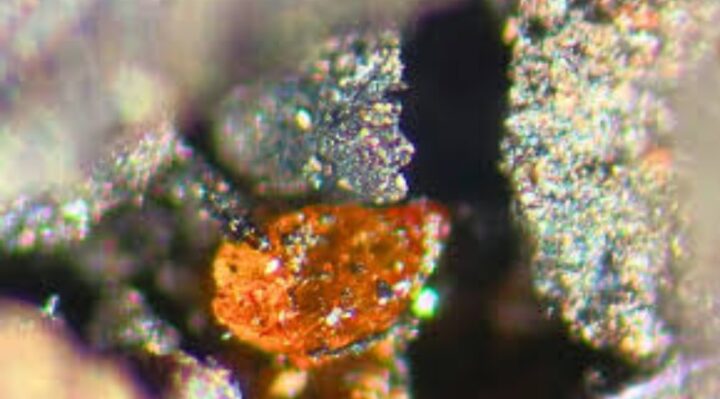
Recent finds of amber shards by scientists indicate that the snow-covered continent of Antarctica may have once been a verdant jungle.
There has long been a belief that Antarctica used to appear to be a whole other region of the earth. Throughout history, explorers have found preserved evidence, such as pollen and roots, that suggests trees were present in the area, but they have not been able to conclusively determine the exact nature of the environment.
According to a recent study published by Antarctic Science, an analysis of amber fragments found in 2017 showed that trees not only existed but flourished in Antarctica. Furthermore, the resin that the trees produced—which eventually turned into amber—suggests that the environment was quite different from what it is now.
The significance of the find extends beyond history books, yet that alone would make for an intriguing finding. According to reports, the time when Antarctica appeared to be a verdant jungle coincided with a time when greenhouse gases were abundant worldwide.
Our future may undoubtedly involve living in a world rich with greenhouse gases, even though the harsh conditions of the mid-Cretaceous period, when Antarctica’s jungle developed, may never reappear.
Amber remains from a hostile world could help scientists comprehend how life can survive in such a hard environment while the atmosphere continues to fill with greenhouse gases and carbon emissions.
The utilization of pieces from millions of years ago to try to avoid problems in the future is a novel notion, but only time will tell how beneficial the researcher’s results will be.Antarctica used to look considerably different, according to recently unearthed amber.



